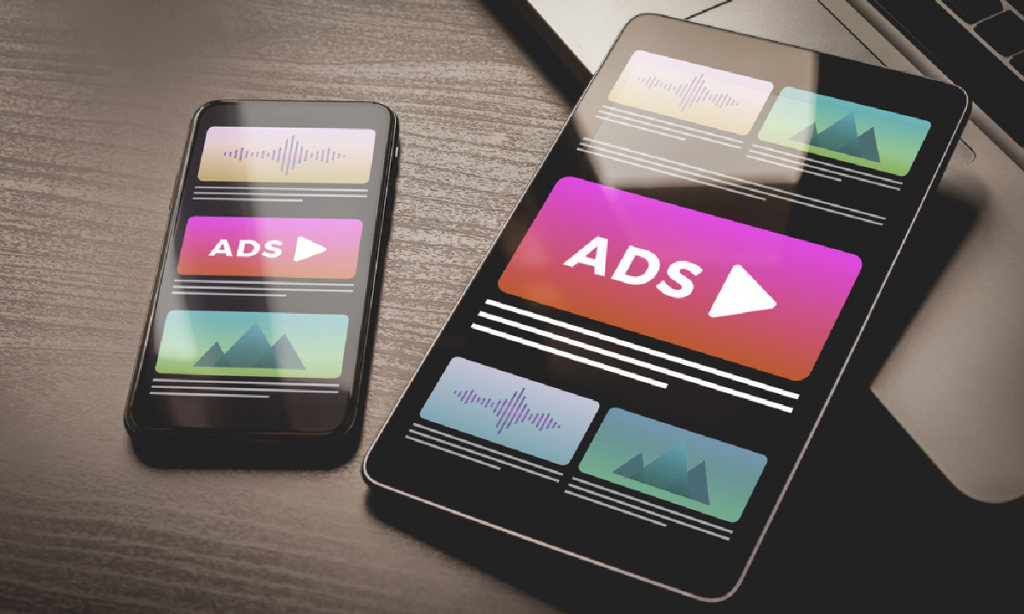Highlights:
- Google has previously released AI tools for advertising, but this new launch is the first time it assists brands in achieving precise objectives for their commercials.
- According to Google, automating the ad placement will save marketers from manually performing operational and decision-making chores.
Google announced the debut of two new artificial intelligence-powered tools that would improve its ability to find the best placements for online advertisements for companies across various websites and services.
Due to the buzz around chatbots such as Google’s Bard and OpenAI LP’s ChatGPT, AI has emerged as one of the promising technologies this year. These chatbots may converse with users in an open-ended manner while responding to nearly any trigger or question. Google uses a different type of AI to support advertising, accounting for most of the company’s income.
Google has previously released AI tools for advertising, but this new launch is the first time it assists brands in achieving precise objectives for their commercials. For instance, the new Demand Gen feature uses AI to position photo and video ads on various services, including Google Search, Gmail, the YouTube feed, and Shorts, which is YouTube’s TikTok-like short-form video feature.
Demand Gen essentially reduces the need for marketers to manually choose their ad placements, according to Vidhya Srinivasan, Vice President and General Manager of ads at Google. The AI searches for “shiny, visual, and immersive placements” that will have the greatest impact using its understanding of consumers and their behavior.
The other new tool is comparable to Demand Gen and is named Video View. It operates by determining the best location for video advertisements to maximize viewership. According to Srinivasan, testing by Google has revealed that marketers employing the product have witnessed an average increase in video views of about 40%. That’s a significant improvement highlighting how useful AI is for improving marketing strategies.
Samsung Germany was one of the early adopters, using Video View to market to its Gen Z audience during the holiday season. The business claimed it could lower its cost per thousand impressions while increasing video views and achieving an additional 94% reach.
Laura Thissen, Head of Marketing Communication at Samsung, said, “[Gen Z’s] media consumption behavior is very diverse, which is why a mix of ad formats was used in combination with YouTube Shorts. This mix was the decisive point for us to use Video View campaigns during the Christmas holiday period.”
Given that model like ChatGPT primarily focuses on consumers, Constellation Research Inc. analyst Liz Miller suggested that some people may question generative AI’s valid practical business uses.
“Google’s ad placement AI is a great start, giving advertisers who were once reliant on third-party cookie data a tool that’s able to analyze the massive amounts of data that span consumer consumption patterns and get us to that peanut butter-meet-chocolate moment for ads. It’s a great move by Google in an ad business where brands are looking to drive demand that is measurable beyond clicks and views. When it comes to meeting demand and opening opportunities, Google’s AI cracks a nut that advertisers are eager to see,” Miller added.
According to Google, automating the ad placement process will save marketers from manually performing operational and decision-making chores. They will be able to concentrate more on creating successful marketing plans and compelling narratives. As Srinivasan argued, by giving AI more “grunt work,” marketers will have more time to focus on developing storylines that are more engaging for their target audience.





























































